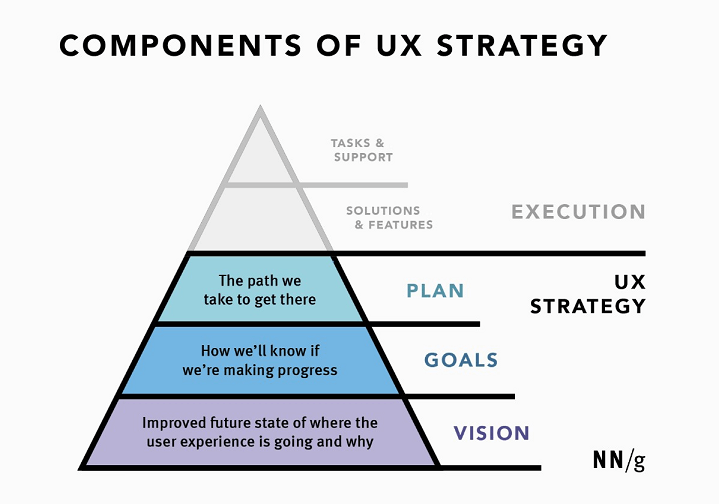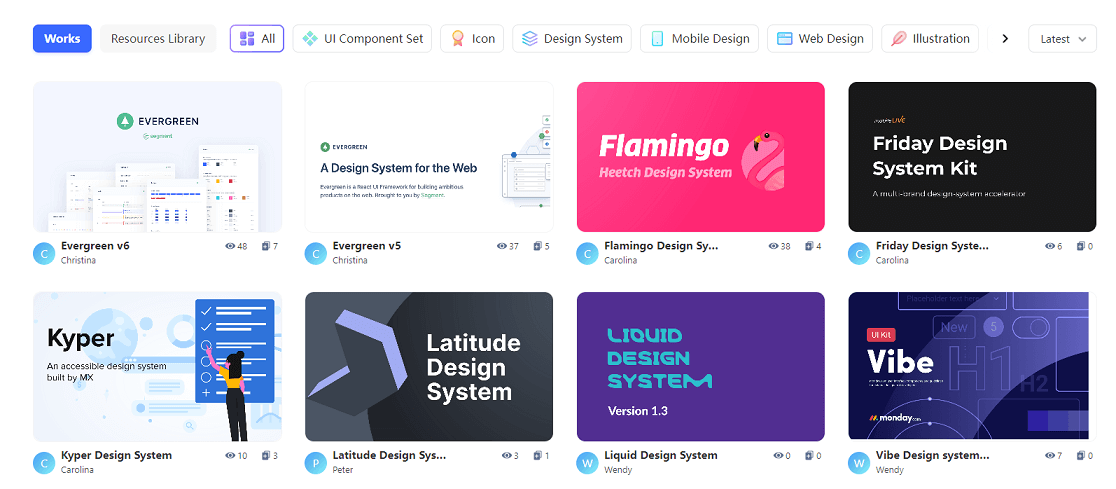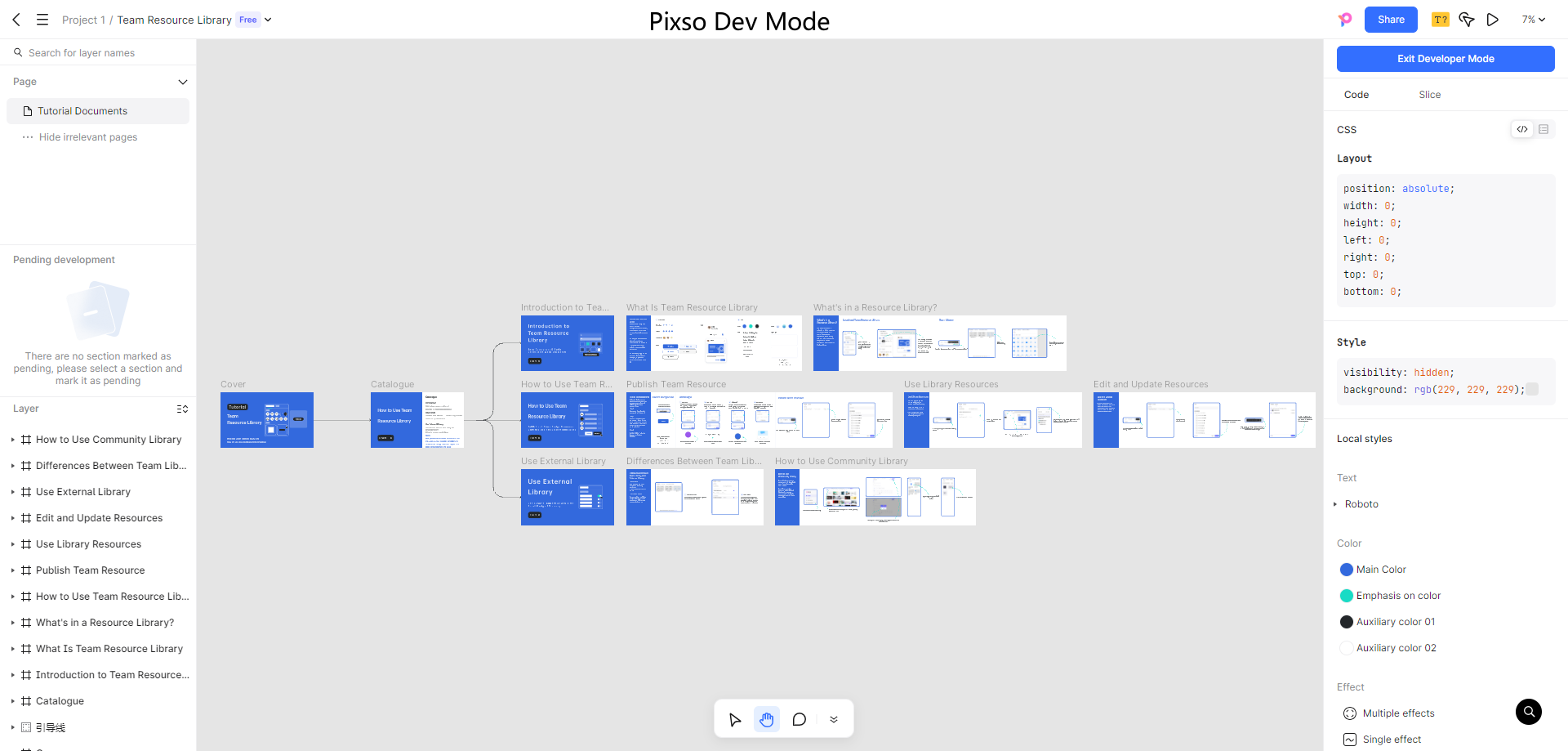When it comes to a business’s success, the product stands out as an integral part of it. No matter how successful the marketing or customer service can be, people return when the product delivers a consistent and pleasurable user experience. So how do the most successful businesses keep delivering satisfying user experiences regularly? The answer lies in their product team.
The role of UX designers has become diverse, and it will keep evolving. And to make effective products and deliver ultimate user satisfaction, a UX design strategy is vital. This blog will discuss UX strategy and why designers like you should start implementing this mindset in your projects to stand out in the market.

Part 1. What is UX Strategy?
Simply put, a UX strategy is a detailed action plan that helps improve the user experience and meet the goals and objectives of the organization. Not having a UX strategy is almost equivalent to a company not having a business strategy. With so much competition and technological advancement, companies having a UX strategy cut through that competitive market and eventually see their products excel.
According to Nielsen Norman Group, a typical UX strategy is split into 3 main components:
#1 Vision
To make a successful UX action plan, you need to know where your journey is heading. Hence, aligning the organizational vision with the UX strategy is essential.
#2 Goals
After establishing your vision, you will need to know how to measure that progress. Hence, this is where goals come in, and metrics such as key performance indicators (KPIs) will help UX designers align their UX strategies with business goals.
#3 Plan
Finally, a plan is required to achieve these goals. Hence, illustrate action plans and necessary steps to fulfill each objective.

Source: Nielsen Norman Group
Part 2. Why Is UX Strategy Important?
Now that we know what UX strategy and its main components are, let us understand fully why it is crucial to have it in these times:
1. It encourages transparency
When a strategy is in place, everything looks clear and more transparent to all your stakeholders. UX design is very crucial in delivering that improved user experience and customer retention. And with the help of UX strategy, stakeholders can acknowledge the ROI of the product when the UX design team is bringing value to the table. A UX strategy allows clients and other stakeholders to immerse in the world of the UX team and see how their action plans will bring incremental changes to the user experience.
2. It provides clear progress and success
Undoubtedly, there are many ways for a UX team to deliver improved user experience and customer satisfaction. However, with a UX strategy, the team will follow a well-defined path and can measure their progress down the line. A UX strategy helps provide clear ideas and aids companies in avoiding spending redundant costs or wasting precious resources.

3. It brings the team together as a unified group
Every designer will have different ideas and approaches. But having a UX strategy helps team members to align their goals with the company’s overall goals and follow a unique direction. A UX strategy can help unify designers, developers, clients, boards of directors, and other stakeholders and keep them on the same page.
4. It helps to maintain the brand promise
It is frustrating when brands promise one thing, but the user experience delivers something different. But when you have a UX strategy in place, it can help to bridge that gap between a brand’s promise and its user experience. Therefore, it assists the UX team in following an action plan to move closer to achieving that brand’s values.

Part 3. Tips for Crafting a UX Strategy
So far you have understood the significance of having a UX strategy. But how do you actually create a successful UX strategy? Everyone has their own unique UX strategy to draft. However, here are a few tips you will want to keep in mind when you are crafting that UX strategy:
1. Focus on user-centered design
The most crucial aspect of developing a UX strategy is the users are the most integral part of your planning. Users are your focal point. A business’s revenue and profits all come down to if they can make the user experience as satisfying as possible. Hence, when crafting a UX strategy, understand your user persona properly. Understand their needs, future expectations, their perception, etc.
2. Align the business goals
After learning more about your user persona, you can combine the business strategy and goals with the UX strategy. Learn if the UX strategy meets the overall business goals of the organization. Learn if there are particular numbers the organization wants to hit financially. Understand the organization’s structure, culture, and work processes. Once you learn and understand more about the business goals and strategy, it makes it easier for you to craft an effective UX strategy.
3. Acknowledge every aspect of your user experience
Again, we come back to focusing more on your users. To ensure a pleasurable user experience, you must consider all customer touchpoints they have with your brand. Learn more about each stage and the emotions they go through. As a result, you will understand the strategies you need to implement in every phase and ensure users don’t suffer any negative experiences.
4. Make your goals specific
It is essential to keep your goals as specific as possible. Having your goals sound vague such as “Improve user experience” will not take you in the direction you want. Hence, making your goals specific such as “Improve the conversion rate of this landing page by 30%”, etc., gives you a clear target to aim for. Moreover, it helps UX teams to stay on the same page and focus on a clear goal.
5. Keep optimizing
In today’s dynamic market, it is crucial to keep evolving. It means you should keep adapting your designs to different market trends. To deliver ultimate user satisfaction, ensure your prototypes follow all the accessibility principles and have the app or site available to every potential user on this planet. Moreover, ensure your UX design encourages speed by following one of the Laws of UX—The Doherty Threshold.

Part 4. Align Your UX Strategy with Pixso
Do you want to know a tool that can help execute your UX strategy? Using Pixso as your collaborative design tool can help your team successfully collaborate on the same file and align your business goals with your UX strategy. Pixso can import various design files from Figma to Sketch.

Moreover, Pixso offers free unlimited files and templates for teams to work on design projects together. Save your time and allow all your team members to work together efficiently using Pixso’s collaborative design tool.

Conclusion: A UX Strategy Can Do You Wonders…
When you start with a clear and well-detailed UX strategy, you can see the difference in the long term. A business with a UX strategy can help go the distance when it comes to retaining users and keep delivering a satisfying user experience. If you haven’t started crafting your UX strategy yet, make sure you start doing so and align business goals to have clarity and a clear direction to solve your user’s needs.





